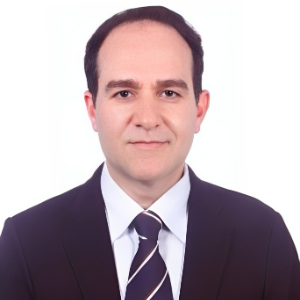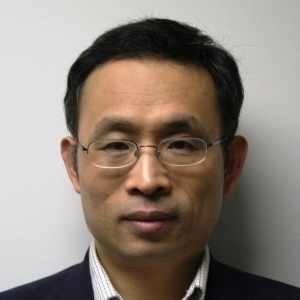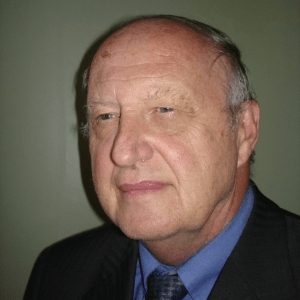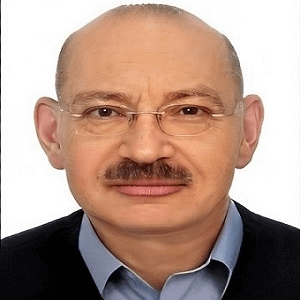Nanotechnology is a rapidly evolving and intriguing technology that occurs at the interface between physics, chemistry, and biology at the scale of a billionth of a meter. Nanotechnology advancements are expected to have a growing impact on life sciences. It refers to a set of technologies that are being applied to a variety of existing industries. Nanoelectronics, nanomaterials, and nanobiotechnology are three overlapping areas that find applications in fields such as electronics, materials, environment, metrology, robotics, healthcare, information technology, pharmaceutics, agriculture, and transportation. At the nanoscale, biological interactions take place. Our growing understanding of these interactions has resulted in a slew of nanotechnology-based applications currently being investigated. Nanotechnology advances are increasingly being used in the life sciences. Nanoscale designs and structures are being used in sectors like medicines, biotechnology, and tissue engineering.
Nanomedicine is a relatively new field that is rapidly gaining traction. Nanotechnology's potential to revolutionize disease treatment is gaining traction. Nanotechnology's application in medicine has considerable promise, with new technologies enhancing drug administration and providing novel diagnostic procedures. Clinical nanotechnology applications are currently happening and will become more common as current research meets the real world. However, it is still a long way from becoming a commonplace tool in life sciences research and development, and even more so on the front lines of health care. To propel nanotechnology forward, we must address the question of how much time and money we are ready to invest in overcoming the scientific hurdles that are holding it back.
- Nanotechnology and Drug Delivery
- Nanotechnology and Diagnostics
- Smart Coatings
- Surgeries
- Nanowire Sensors
- Biomimetics
- Nanodevices

Thomas J Webster
Hebei University of Technology, United States
Hossein Hosseinkhani
Innovation Center for Advanced Technology, Matrix, Inc., United States
Hai Feng Ji
Drexel University, United States
Paulo Cesar De Morais
Catholic University of Brasilia, Brazil
Azzedine Bensalem
Long Island University, United States
Robert Buenker
Wuppertal University, Germany
Rafal Kozubski
Jagiellonian University in Krakow, Poland
Sylwia Wcislik
Kielce University of Technology, Poland
Raman Singh
Monash University-Clayton Campus, Australia


Title : Circumventing challenges in developing CVD graphene coating on mild steel: A disruptive approach to remarkable/durable corrosion resistance
Raman Singh, Monash University-Clayton Campus, Australia
Title : Highlighting recent advancements in electromagnetic field subwavelength tailoring using nanoparticle resonant light scattering and related topics
Michael I Tribelsky, Moscow State University, Russian Federation
Title : The impact of nanomedicine: 30,000 orthopedic nano implants with no failures and still counting
Thomas J Webster, Hebei University of Technology, United States
Title : Logistic-modified mathematical model for tumor growth treated with nanosized cargo delivery system
Paulo Cesar De Morais, Catholic University of Brasilia, Brazil
Title : Current and future of red and black phosphorus nanomaterials
Hai Feng Ji, Drexel University, United States
Title : Azodye photoaligned nanolayers for liquid crystal: New trends
Vladimir G Chigrinov, Hong Kong University of Science and Technology, Hong Kong
Title : Atomistic simulation of chemical ordering phenomena in nanostructured intermetallics
Rafal Kozubski, Jagiellonian University in Krakow, Poland
Title : The enhanced cytotoxic effect of curcumin on leukemic stem cells via CD123-targeted nanoparticles
Wariya Nirachonkul, Chiang Mai University, Thailand
Title : Efficiency of nanoparticles (Micromage-B) in the complex treatment of multiple sclerosis
Andrey Belousov, Kharkiv National Medical University, Ukraine
Title : Innovative method of nanotechnology application in the complex treatment of multiple sclerosis
Andrey Belousov, Kharkiv National Medical University, Ukraine